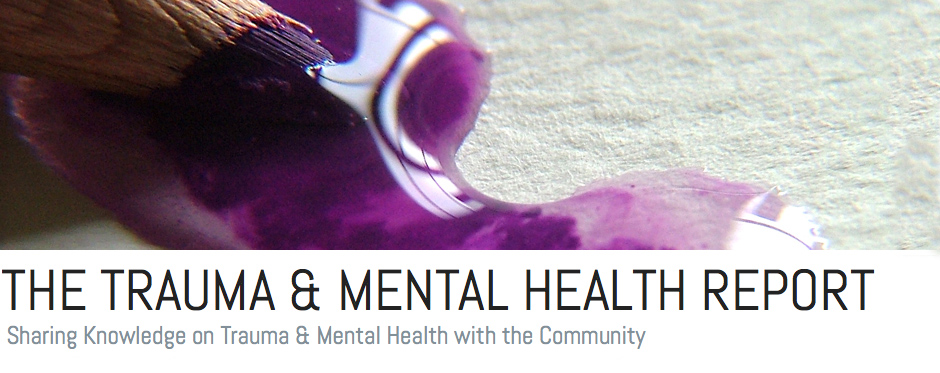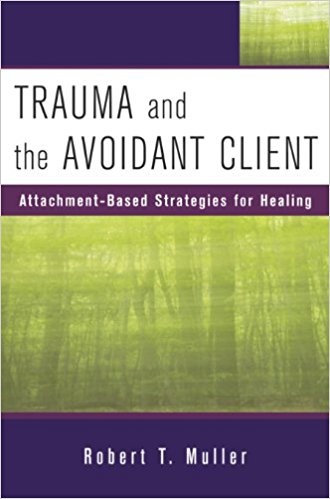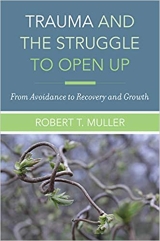
Parental Suicide Associated with Higher Suicide Risk for Children, Research Shows
According to the World Health Organization (WHO), more than 720,000 people die by suicide each year, and it remains the third leading cause of death for 15 to 29 year olds. Many children are left to grieve the loss of a parent to suicide, a deeply painful experience that often leads to mental health struggles such as depression, anxiety, and even thoughts of suicide themselves.
There is a 3.8% lifetime prevalence of suicide exposure within a family, which means that about 1 in 25 people will be directly affected by this tragedy. There are many adverse outcomes of dealing with parental suicide for children, including psychological issues such as post-traumatic stress disorder (PTSD) and substance use, social challenges around building healthy relationships or fears of intimacy, and even physical health concerns like cardiovascular disease.
Madelon Sprengnether, Regents Professor Emerita at the University of Minnesota, reflects on her own experience grappling with the loss of her stepfather to what she believes was an intentional overdose. She recalls, “My feelings in the immediate aftermath of my stepfather’s death were a mix of horror, guilt, shame, and something like numbness.”

Guilt is a common response when suicide occurs within a family. A study by Clémence Ceruzé and colleagues emphasizes how these feelings of guilt can complicate social connections. Children often internalize their emotions and develop feelings of shame or self-blame in an attempt to understand why a parent might choose to die by suicide.
Sprengnether’s struggles reflect the findings in Ceruzé’s research on the impact of suicide on social relationships, “My understanding now of what happened to me in the aftermath of my stepfather’s death is that I shut down emotionally. My natural shyness deepened, which made it hard for me to make friends in college, much less to find a boyfriend—both typical experiences for girls of my age.”
Alarmingly, research shows a significant increase in the risk of suicide and suicide attempts among the children of parents who have died by suicide. Specifically, children who have lost a parent to suicide are three times more likely to die by suicide and twice as likely to attempt suicide than children with two living parents.
Colleen Mousseau, a Registered Psychotherapist serves as the Clinical Director of AWC Grief Support, a group therapy practice supporting grieving youth dealing with the loss of loved ones. Having worked with many child survivors of parental suicide, Mousseau understands the common occurrence of suicidal ideation among these bereaved youth, and how this experience is relatively different from the grief associated with other causes of parental death.
“Many other causes of death can be explained in a way that quickly resolves feelings of guilt and responsibility. When someone dies by suicide it can be very difficult for those who are grieving to know where to place the blame. There can be deep feelings of betrayal, abandonment and confusion that are difficult to resolve after a suicide.”
Several key factors may contribute to the higher prevalence of self-injurious behaviours among youth who have been previously exposed to suicide. Genetic factors like impulsive aggression and neuroticism can predispose a child to suicidal behaviours, as well as environmental influences before and after a parents suicide such as neglect, abuse, and family adversity. Imitation of a caregiver’s actions as a coping mechanism can also be a risk factor for suicide. Finally, the trauma of a parents’ suicide is enough to increase the likelihood of self-harm.

Given the staggering statistics of increased suicide risk for children bereaved by parental suicide, what can be done?
Mousseau suggests giving kids a safe and supportive space to understand, gain information, express feelings, and provide opportunities for connections to the person who passed away. Group-based support can especially help mitigate isolation and loneliness associated with grieving parental suicide.
It is crucial to avoid placing blame on the family or child. It’s also important to use age appropriate language, and work with the surviving parent or other bereaved family members to encourage open, honest conversations and promote healing. This approach can be key in helping a child navigate their grief.
Research underscores a need for therapy treatments, efficacious programming and family support interventions. A 2023 study explored a therapy program aimed at improving parenting practices known as the family bereavement program, which effectively reduced suicide risk among parentally bereaved children 6 to15 years after the intervention.
In the aftermath of the tragic reality of suicide, loved ones are left to grapple with a range of intensely painful emotions. For children especially, this can be confusing and even more devastating. However, healing is possible and though the journey might look different for many, it often begins with having the right support. Fostering understanding and connection, rather than shame or isolation is crucial in helping children cope with parental suicide.
– Amanda Fernandes, Contributing Writer
Image Credits:
Feature 1: Gabriel at Unsplash, Creative Commons
Body Image 1: Pavel Danilyuk at Pexels, Creative Commons
Body Image 2: Cottonbro Studio at Pexels, Creative Commons



